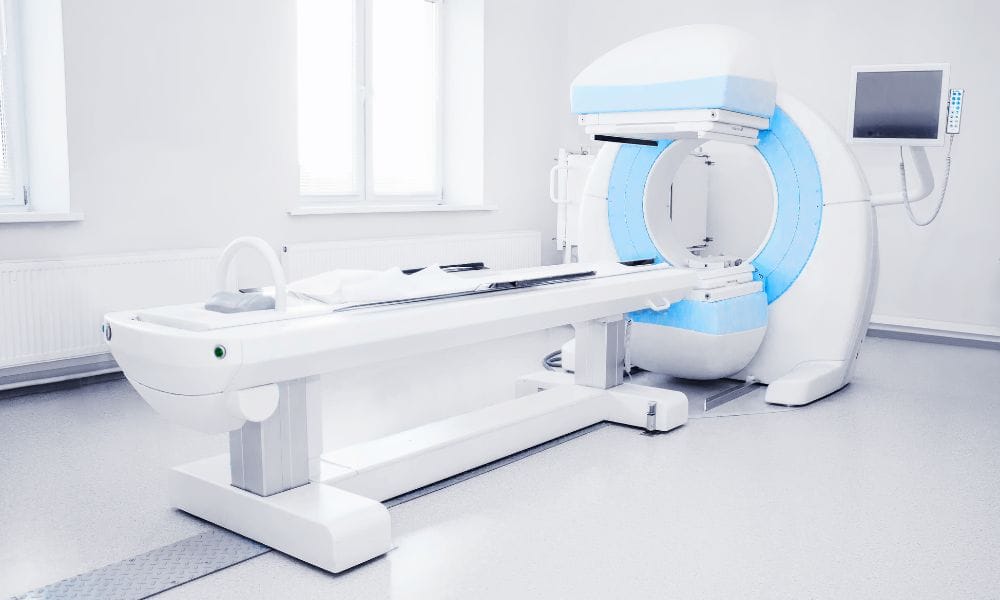In an industry where the shelf life of equipment directly impacts patient care, the longevity of medical devices is paramount. Healthcare facilities are under constant pressure to maximize the efficiency and durability of their instruments and machinery; fortunately, there are certain ways to extend their usability. Use these methods to improve the longevity of your medical equipment and ensure a functional and safe environment.
1. Proper Maintenance Practices
One of the foremost pillars of equipment longevity is regularly and thoroughly maintaining every piece in your inventory. It’s not enough to wipe down the medical equipment at the end of a shift—equipment needs cleaning, sanitization, and checking for excess wear. Calibrate and inspect to find any subtle changes in performance that signify impending failures.
Establish a maintenance schedule and ensure it is strictly adhered to using the best tools. The application of high-voltage measurement equipment ensures the safety of medical equipment and assists in calibration by accurately gauging a device’s energy usage.
Additionally, prompt and professional repairs and replacements save you considerable money in the long run. Even small issues, such as an inaccurate reading that’s off by a small amount, can lead to catastrophic failures. This proactive approach is cost-effective and life-saving, as many medical processes hinge on the accuracy and dependability of these devices.
2. Staff Training and Education
The personnel responsible for using and handling medical equipment significantly affect its longevity. These individuals must be well-versed in its proper usage. Training should be an ongoing and evolving process, particularly when introducing new equipment or procedures.
Guidelines for proper handling and storage are equally important. Misuse and improper storage conditions can lead to damage, which may result in future accidents due to malfunctions. Personnel should be educated on the environmental requirements of equipment, such as temperature and humidity, to prevent any device degradation between uses.
3. Utilizing Technology for Monitoring
In an age of rapid technological advancement, new tools are available for monitoring your medical equipment’s health. Implementing IoT (Internet of Things) devices allows for predictive maintenance, wherein data from the equipment alerts staff to potential issues before they occur, preventing downtime and disruptions in patient care.
Remote monitoring solutions offer a step forward, ensuring the well-being of your equipment even when staff aren’t physically present. It allows for continuously tracking and analyzing device performance from a control center, ensuring you can step in once anomalies appear.
4. Vendor Support and Partnerships
Finally, maintaining strong relationships with your equipment vendors is crucial. These partnerships provide access to the latest in maintenance services and updates on technological advancements in your machinery. Vendors promptly handle any issues with your equipment, ensuring minimal impact on facility operations.
Remain vigilant and invest in patient care and operational efficiency by ensuring your medical equipment lasts for months and years. Remember, improving the longevity of your medical equipment takes time. By implementing the practices mentioned above, you’ll extend the life of your equipment, ultimately serving your institution and, more importantly, your patients to the highest standards possible.








